![page56image407572416]()
![page56image407562672]() ISS
ISS ![page56image407571392]()
![page56image407569600]()
Drivers of ethnic conflict in
contemporary Ethiopia
Semir Yusuf
Source: https://issafrica.s3.amazonaws.com/site/uploads/mono-202-2.pdf
Contents
Executive summary ………………………………………………………………………v
Introduction……………………………………………………………………………….. 1
Conflict in Ethiopia today …………………………………………………………………3
Chapter 1
Institutions shape ethnic relations and cause nationalist antagonisms……………5
Pre-1991 Ethiopia…………………………………………………………………………..5
Post-1991 Ethiopia………………………………………………………………………….6
Chapter 2
Era of political liberalisation and unbridled contending nationalism ………………11
The north ……………………………………………………………………………………11
The west……………………………………………………………………………………..19
Towards the south………………………………………………………………………….20
Micro level conflict: the security dilemma and invidious comparison…………….. 21
Chapter 3
Institutional fragility………………………………………………………………………..25
The party …………………………………………………………………………………….25
The state ……………………………………………………………………………………..30
Local-level state fragility: security dilemma in context ………………………………33
Chapter 4
Conclusion and recommendations………………………………………………………..35 Recommendations …………………………………………………………………………..35
Notes ………………………………………………………………………………………….40
Executive summary
Over the past two years, Ethiopia has experienced both rapid political liberalisation and a surge in violent conflicts. The surge in violence is largely due to a rise in militant, competing ethnic nationalisms in the context of perceived fragility of state and party institutions. The two forces have been closely and cyclically influencing each other for decades.
Exclusivist and authoritarian political institutions since the imperial (1930–1974) and military (1974–1991) eras have played a role in the emergence and ripening of contending nationalisms in the country. Centralised but federated political institutions during the Ethiopian People’s Revolutionary Democratic Front (EPRDF) era have further complicated the nationalist scene by creating multiple lines of ethno-nationalist struggles in Ethiopia.
From mid-2010 onwards, rising competing ethno-nationalisms led to the relative weakening of party and state structures, resulting in the intensification of ethnic mobilisations. The outcome was deadly. At a micro level, security challenges and a concern for group worth have fuelled violence.
With the perceived fragility of the state and ruling party, elites have further exacerbated the conflicts for opportunistic reasons. The economic downturn has played a role both as a source of grievance – facilitating ethnic mobilisation – and also as a factor that makes it easier for some to engage in violence, since they feel they have little to lose.
To sustainably tackle the problem of violence in Ethiopia, the institutional and ideological context of the country must urgently be changed. The ruling party, the main actor in charge of the country’s political processes, needs transformation both within its constituent parties and the coalition as a whole. The constituent parties need to prioritise unity, with a clear negotiated vision and party discipline.
Then they need to strike a balance between their particular interests regarding their constituencies, and responsibility of the coalition as a whole. This is needed to maintain stability and ensure the country’s smooth transition. Reprioritising interests is of critical importance. Candid interparty discussions with a genuine attempt to incorporate the reasonable fears and demands of all parties into the transition process are vital. The EPRDF leadership should prioritise such negotiated deals over rushed party merger.
Moreover, inclusive political dialogue among other political actors is necessary to help detoxify the political environment and pave the way for effective state reconstruction. These forces must focus their efforts on concrete constitutional design options or public policy alternatives that could incorporate the reasonable interests and tackle the fears of all political groups. Contentious issues and agendas over borders, territorial disputes, minority rights and autonomy demands should be part of the wider exercise to restructure the state in an inclusive manner.
Finally, the state should reclaim its autonomy from mob influences; renegotiate and clarify the new intergovernmental power relations; and step up its ability to contain and prevent violent conflicts in a professional and human rights-sensitive manner.

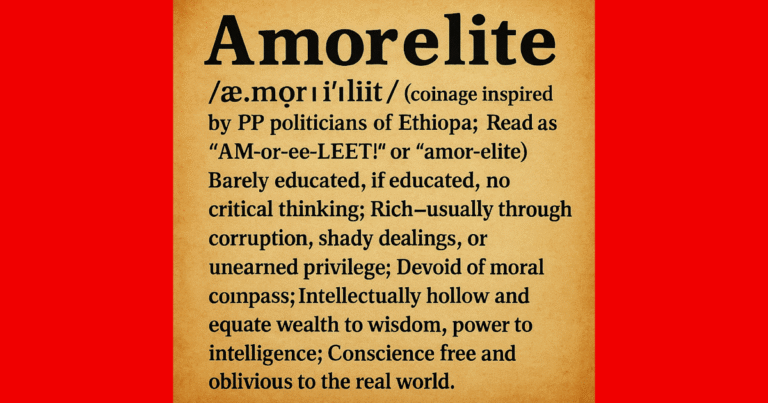
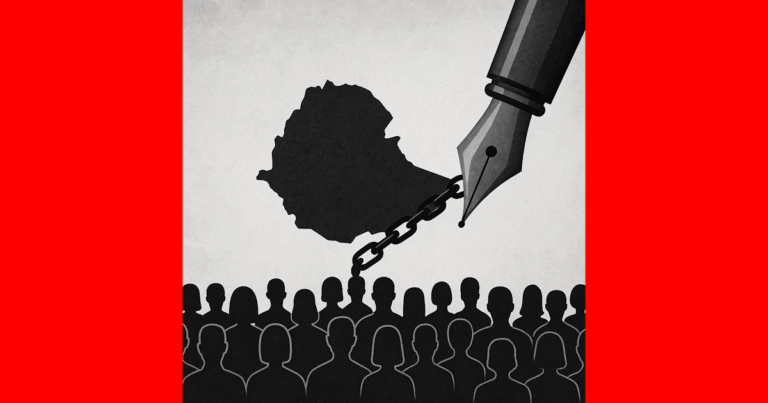
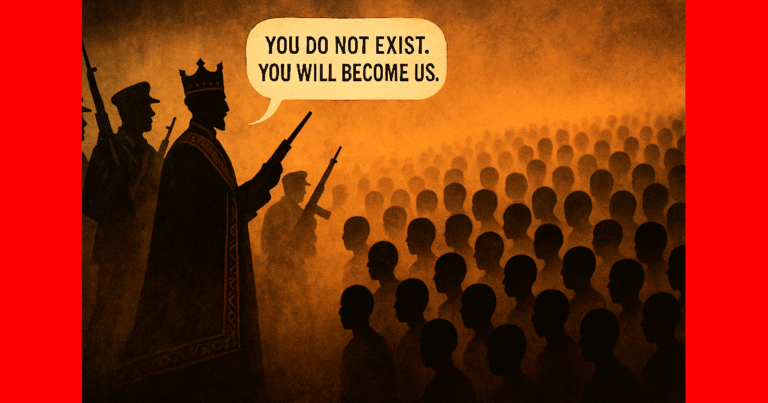
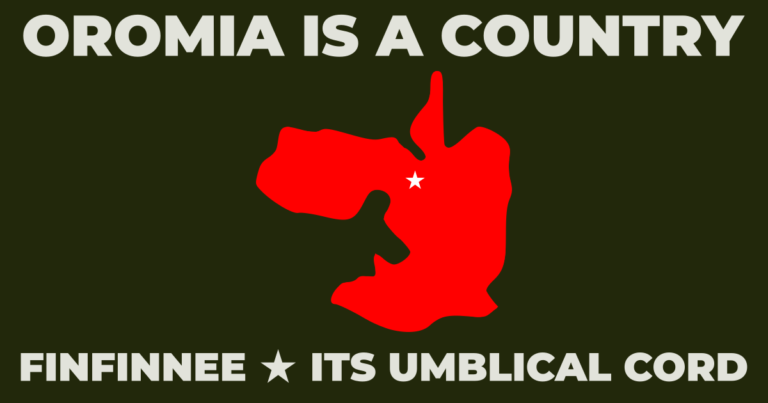
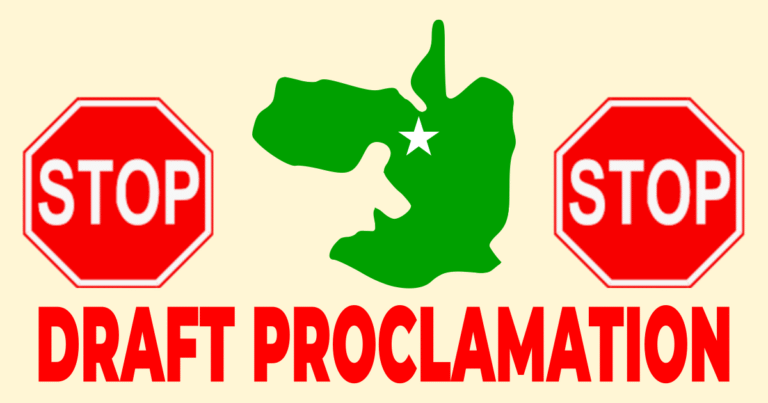

919938 290817As a result you�ll need ultra powerful online enterprise suggestions to keep operating in obtaining into matters correct your incredible web-based work. MLM 557175